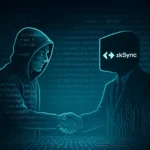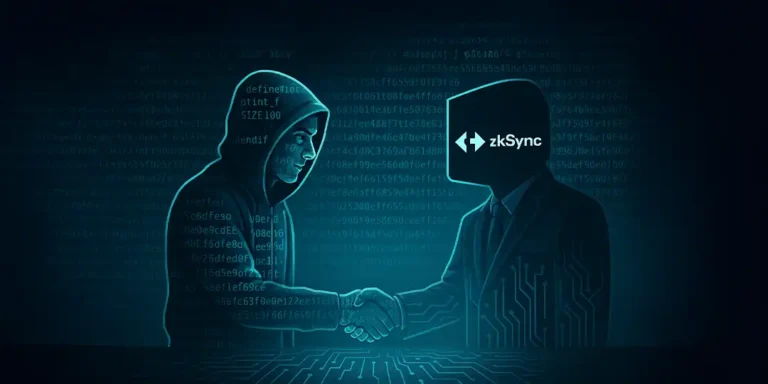In a dramatic twist to a whirlwind week for Ethereum’s Layer-2 ecosystem, the ZKsync team confirmed today, April 24, 2025, that the anonymous hacker behind a multimillion-dollar exploit has returned nearly $5 million in stolen crypto after accepting a bounty. The resolution caps days of tense negotiations, marking one of the rare instances where a decentralized protocol successfully recovers pilfered assets through collaborative—albeit unconventional—means.
The saga began earlier this week when an attacker exploited a compromised key linked to ZKsync’s highly anticipated ZK token airdrop contract. The breach allowed the hacker to mint unauthorized tokens and reroute unclaimed user funds, draining over 44.6 million ZK tokens and nearly 1,800 ETH (worth approximately $4.9 million at the time). Following the incident, ZKsync’s token price experienced a brief 15% decline before stabilizing, sending shockwaves through the cryptocurrency community.
However, in an unexpected turn of events, the hacker made contact with the ZKsync Security Council and offered to return the assets in return for an undisclosed reward. After marathon discussions, the council agreed to the terms, prioritizing asset recovery over punitive measures. “This wasn’t ideal, but our focus was safeguarding the community,” a ZKsync spokesperson said. “The alternative—prolonged legal battles or lost funds—was far riskier.”
We’re pleased to share that the hacker has cooperated and returned the funds within the safe harbor deadline. As stated in the original Security Council message, the case is now considered resolved.
— ZK Nation (@TheZKNation) April 23, 2025
The assets are now in custody of the Security Council, and the decision on what… https://t.co/X0oejun9Tx
By Thursday morning, the recovered assets were securely transferred to the ZKsync Security Council’s custody. The council, a decentralized body of elected experts, will now oversee governance discussions to redistribute the tokens to affected users. A final audit report, expected next week, will detail the exploit’s technical roots and outline upgraded safeguards.
The ZKsync hacker’s decision to accept a bounty mirrors a growing trend in DeFi, where “white-hat-adjacent” negotiations are becoming a pragmatic tool for damage control. Just last year, Curve Finance recovered 70% of assets from a similar exploit after offering a 10% bounty. For ZKsync, the incident underscores both the vulnerabilities of permissionless systems and the resilience of decentralized governance.
Crypto Twitter has erupted with memes and hot takes, with one user joking, “Even hackers respect airdrop season.” Yet beneath the humor lies a sobering reality: as Layer-2 adoption surges, so do the stakes for security. ZKsync’s handling of the crisis—transparent, swift, and community-focused—offers a blueprint for future protocols navigating the Wild West of decentralized finance.
As the dust settles, all eyes are now on the Security Council’s next move. Will the returned tokens be burned, reallocated, or airdropped anew? For ZKsync’s users, the answer can’t come soon enough. After all, in crypto, trust is hard-earned and easily lost.










